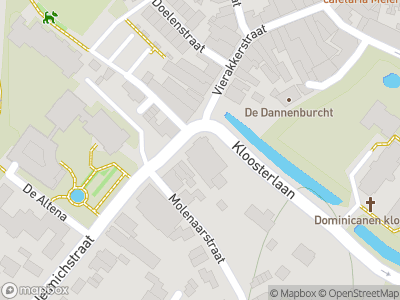You wouldn’t say it these days, but Huissen is a real city, complete with a city charter. And Huissen can boast of an impressive history.
Hosenheim
Huissen has been continuously inhabited since Roman times. First in the form of a couple of farms, later as a settlement that was mentioned under the name of Hosenheim in 814. In the 10th century, two fortresses were built at Huissen: the Grote Toren (great tower), which for centuries was part of the silhouette of Huissen, and the Dannenberg, a rectangular tufa stone castle.
City charter
In the Late Middle Ages, Huissen was part of the shire (and later duchy) of Cleves. The counts of Cleves levied a toll on the Rhine, where they also built a fortress. The immediate surroundings were soon settled upon. Gradually, the centre of Huissen shifted to this new trading settlement, which lay on the site of the present town centre. Count Dirk IX of Cleves bestowed a city charter on Huissen around 1319.
Wars
Huissen has its strategic location to thank for its special status. It was an advance post for Cleves in the middle of Gelder territory. But because of that position, Huissen also suffered a great deal from the many wars between Cleves and Gelre. In 1502 the city was besieged for a month by the troops of Duke Charles of Gelre. But a Cleves army defeated the Gelders on 26 June 1502. This historic event is commemorated every year.
Prussians
The last duke of Cleves died in 1609. After a brief period of uncertainty, the territory of Cleves, and so also of Huissen, came into the possession of Brandenburg, and later the Prussians. Huissen was thus administered from Berlin. Because of the foreign policy of Prussia, the city became economically isolated. Another thing that did not work in its favour was the fact that the Rhine had changed its course. The city no longer stood directly on the river. When Huissen became Dutch on 1 June 1816, the city was poverty-stricken. Fortunately, Huissen subsequently made a good recovery, partly thanks to agriculture and brick manufacture.















